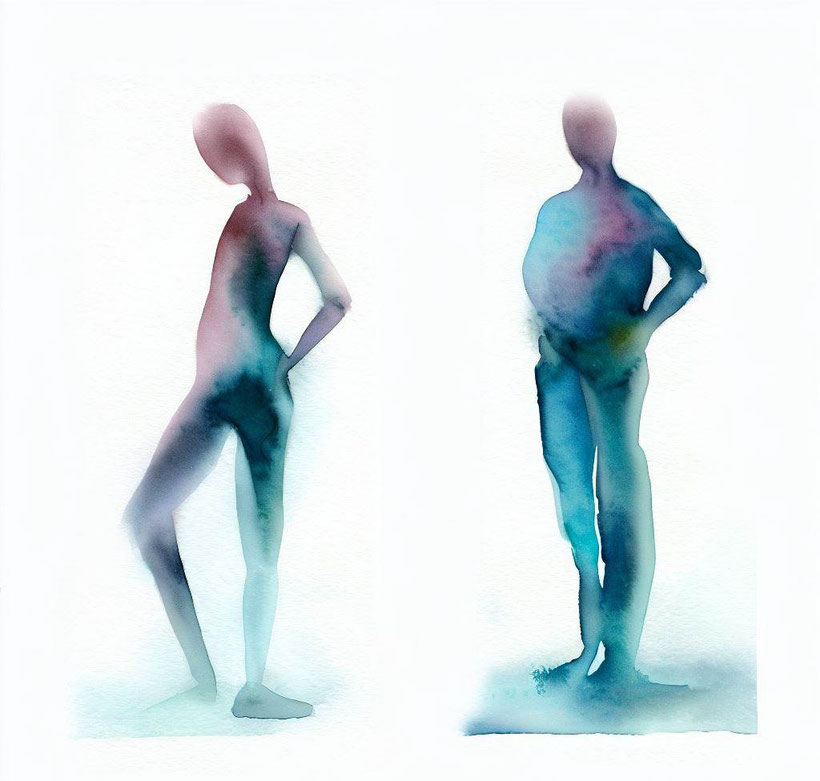Do you have habits that cause you unnecessary tension, pain or stress? Do you slouch, hunch your shoulders, or hold your breath when you're anxious or busy? Do you wish you could move more freely, gracefully and efficiently in your daily activities?
If you answered yes to any of these questions, you might benefit from learning the Alexander Technique. The Alexander Technique is a skill for self-development that teaches you how to change long-standing habits that interfere with your natural posture, movement and breathing. It can help you improve your performance in any activity, from sports and music to work and leisure, and relieve the discomfort caused by poor alignment and coordination.

What is the Alexander Technique?
The Alexander Technique is based on the principle that the way you use your body affects how well you function. Developed by F. Matthias Alexander, the Alexander Technique is an educational process that teaches individuals to release unnecessary muscular tension, improve their posture, and move with greater ease. It offers a unique approach to self-improvement by addressing the underlying patterns of thought and movement that contribute to inefficient habits and physical discomfort.
Through the Alexander Technique, individuals learn to develop conscious awareness and become more attuned to their mind-body connection. By re-educating their habits, practitioners can experience improved coordination, balance, and overall well-being.
The Alexander Technique is not a set of exercises or rules to follow, but a process of becoming more aware of your body and how you use it in everything you do. It helps you identify and release the unnecessary tension that you may have developed over time, and that may be affecting your balance, flexibility, breathing and overall well-being.
The Alexander Technique also helps you establish a better relationship between your head, neck and spine, which is fundamental to your optimal functioning. By learning to align your head with your spine in a balanced way, you can prevent or reduce the pressure on your joints, muscles and organs, and allow your natural support system to work more efficiently.
The Intersection of Habit and the Alexander Technique
The Alexander Technique recognizes that our habits are deeply intertwined with our physical and mental well-being. It understands that our habitual responses often contribute to postural misalignment, tension, and limited movement possibilities. By examining our habits and cultivating mindfulness, we can interrupt these ingrained patterns and create new, more beneficial ones.
Here are a few ways the Alexander Technique can help harness the power of habit:
- Body Awareness: The Alexander Technique teaches us to be more aware of our bodies in motion. By developing a heightened sense of body awareness, we can recognize and address harmful habits such as slouching, tensing the shoulders, or shallow breathing. Through mindful observation, we gain the power to replace old patterns with healthier alternatives.
- Release of Tension: Habitual patterns of tension can lead to chronic discomfort and restricted movement. The Alexander Technique emphasizes releasing unnecessary muscular tension, allowing for more efficient movement and improved posture. By consciously letting go of tension, we create space for new, healthier habits to emerge.
- Mindful Movement: Through the Alexander Technique, individuals learn to move with greater mindfulness and intention. By slowing down and paying attention to the quality of their movements, practitioners can break free from unconscious habits that contribute to strain and fatigue. Mindful movement enables us to make conscious choices and establish new patterns that promote optimal functioning.
- Stress Reduction: Habits and stress often go hand in hand. Stressful situations can trigger habitual responses that heighten tension and perpetuate harmful patterns. The Alexander Technique offers practical tools for managing stress, helping individuals respond to challenging situations with poise and composure. By addressing both the physical and mental aspects of stress, the technique enables a more balanced and relaxed state.
How do you learn the Alexander Technique?
The best way to learn the Alexander Technique is to have one-to-one lessons with a qualified teacher. A teacher will observe your posture and movement, and use gentle hands-on guidance and verbal instructions to help you become more aware of your habits and how to change them. A teacher will also show you how to apply the principles of the technique to various activities, such as sitting, standing, walking, lifting, typing, playing an instrument, etc.
You may need a number of lessons to learn the basic concepts of the technique and how to apply them to your daily life. The number of lessons depends on your individual needs and goals, but usually around 20 or more weekly lessons are recommended. You may notice some improvement in your symptoms or performance fairly soon after starting the lessons, but it may take some time to see the full benefits of the technique.
The ultimate aim of learning the Alexander Technique is to become more mindful of the way you go about your daily activities, and to be able to make conscious choices about how you use your body. This way, you can gain more control over your habits, and enjoy more ease, comfort and freedom in everything you do.
What are the benefits of the Alexander Technique?
There is evidence suggesting that the Alexander Technique can help people with a wide range of health conditions, such as:
- Back pain
- Neck pain
- Shoulder pain
- Headaches
- Stress
- Anxiety
- Asthma
- Arthritis
- Parkinson's disease
- Multiple sclerosis
The Alexander Technique can also help improve your performance in various fields, such as:
- Sports
- Music
- Dance
- Drama
- Public speaking
- Education
- Work
By learning the Alexander Technique, you can:
- Improve your posture and alignment
- Increase your mobility and flexibility
- Enhance your balance and coordination
- Breathe more easily and deeply
- Reduce tension and fatigue
- Boost your confidence and self-esteem
- Prevent or recover from injuries
- Develop more awareness and creativity
Conclusion
The power of habit is a remarkable force that shapes our lives, often without our conscious awareness. The Alexander Technique provides a valuable framework for understanding and transforming these habits, leading to improved posture, enhanced movement, and increased well-being. By cultivating body awareness, releasing tension, and moving mindfully, we can tap into our true potential and experience the transformative power of conscious habits. Embracing the Alexander Technique as a holistic practice can bring about profound positive changes in our lives, ultimately empowering us to live more fully and authentically.

Write a comment